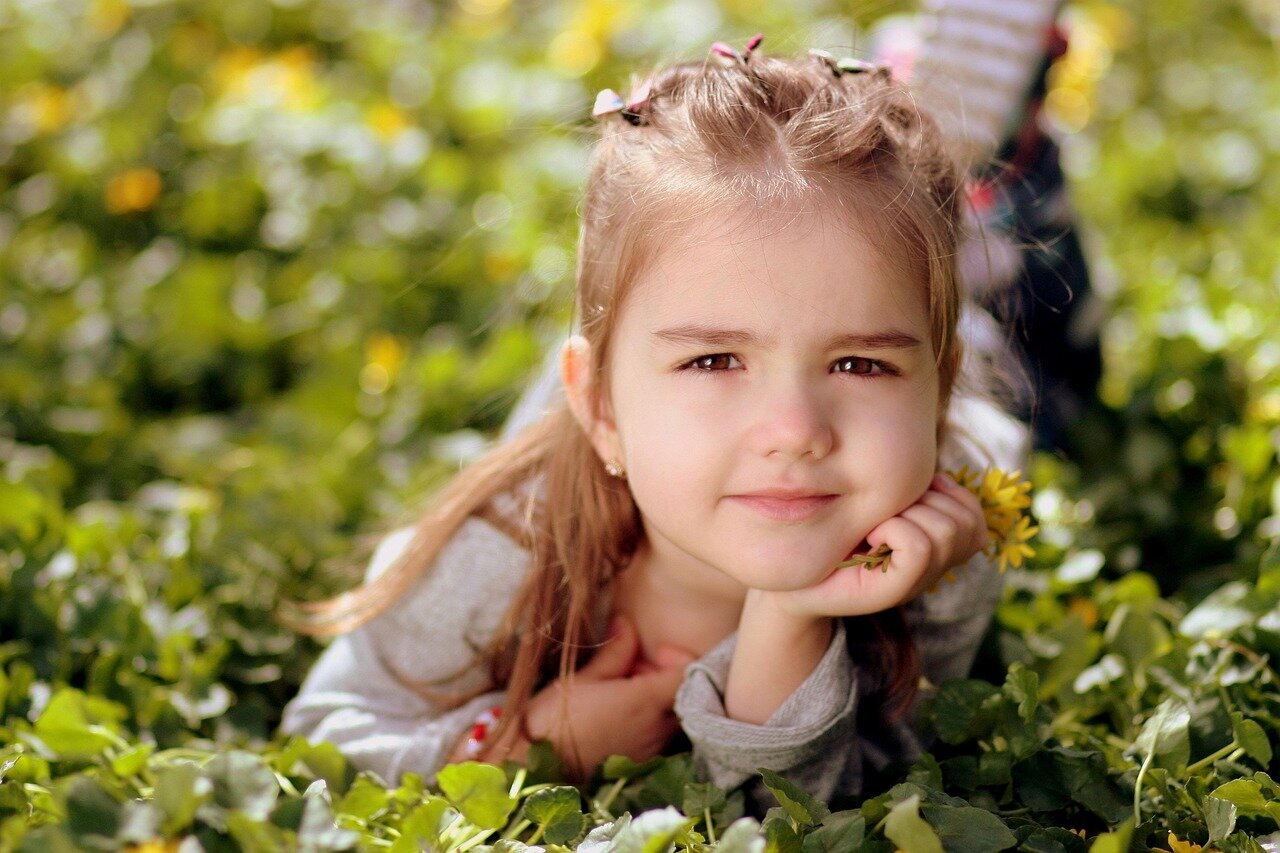Practical reflections for parents navigating childhood allergies with calm, clarity, and confidence.
After exploring the nutritional foundations that calm the immune system (Part 1) and the homeopathic understanding of why sensitivity arises (Part 2), the question becomes: How do we live this understanding day to day?
This final part offers gentle, experience-based reflections from the homeopathic clinic, guidance for parents walking the daily path of caring for sensitive children with steadiness and trust.
1. Observe, Don’t Overreact
Keep a simple journal of your child’s reactions, noting changes in skin, digestion, sleep, and mood. Patterns over time reveal more than single reactions.
A day of redness or a restless night doesn’t always mean a setback; often it’s the body recalibrating. Observation builds confidence and helps you discern what truly matters.
2. Work With Both Perspectives
The most complete healing happens when we combine medical and holistic approaches. Allergists and nutritionists ensure physical safety; homeopathy supports the body’s regulatory intelligence, the ability to tell what’s truly harmful and what can be tolerated.
Together, these perspectives create both safety and growth space for the child’s system to mature.
3. Support Regulation Daily
Healing unfolds best in rhythm and calm. Predictable routines, unhurried meals, enough rest, and outdoor time gently stabilise the nervous system, which in turn helps immune reactivity to soften.
Continue the nutritional principles from Part 1, simple, fresh, and minimally processed meals, not as restriction, but as rhythm and nourishment.
4. Nourish, Don’t Fear Food
Use safe, whole foods to rebuild confidence around eating. Rotate foods regularly, keep meals colourful and relaxed, and avoid turning feeding into a stress moment.
Your calm presence during meals communicates safety to your child’s nervous system, an often-overlooked but powerful regulator.
5. Pay Attention to the Emotional Environment
Sensitive children often mirror the emotional tone around them. Tension or anxiety can amplify reactivity, while a calm, grounded presence teaches the body that it’s safe to relax.
Simplify the environment when needed – fewer stimuli, gentler rhythms, more connection. When the parent’s system settles, the child’s begins to do the same.
6. Review Progress Gradually
Healing, whether nutritional or homeopathic, is rarely linear. There may be cycles of improvement and fluctuation as the system reorganises.
Work with your practitioners to review progress gently, through observation, follow-ups, and, when appropriate, gradual food reintroductions. Each stage of steadier digestion, calmer sleep, or more peaceful mood is a sign that balance is deepening.
The Three Layers of Healing
Sensitivity is not a flaw, it’s the body’s way of learning to refine its boundaries and communicate more clearly. As we nourish the body (Part 1), regulate the system (Part 2), and create a calm environment (Part 3), the child’s whole being learns safety, tolerance, and adaptability.
With patience, presence, and the right support, the very sensitivity that once felt fragile can mature into awareness, empathy, and resilience.



